
Sir John William Kaye was a British military historian, civil servant and army officer. His major works on military history include a three-volume work on The History of the Sepoy War in India. This work was revised later by George Bruce Malleson and published in six volumes in 1890 as Kaye and Malleson's History of the Indian Mutiny.
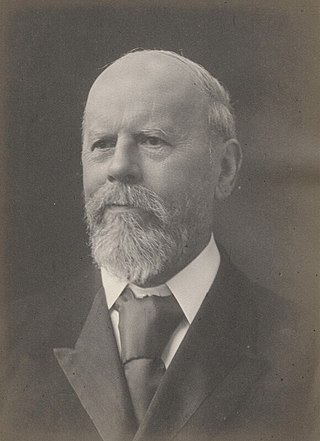
Sir John Edwin Sandys was an English classical scholar.

Brigadier-General Sir Henry Montgomery LawrenceKCB was a British military officer, surveyor, administrator and statesman in British India. He is best known for leading a group of administrators in the Punjab affectionately known as Henry Lawrence's "Young Men", as the founder of the Lawrence Military Asylums and for his death at the Siege of Lucknow during the Indian Rebellion.

Scottish Church College is a college affiliated by Calcutta University, India. It offers selective co-educational undergraduate and postgraduate studies and is the oldest continuously running Christian liberal arts and sciences college in Asia. It has been rated (A) by the Indian National Assessment and Accreditation Council. Students and alumni call themselves "Caledonians" in the name of the college festival, "Caledonia".

Alexander Duff, was a Christian missionary in India; where he played a large part in the development of higher education. He was a Moderator of the General Assembly and convener of the foreign missions committee of the Free Church of Scotland and a scientific liberal reformer of anglicized evangelism across the Empire. He was the first overseas missionary of the Church of Scotland to India. On 13 July 1830 he founded the General Assembly's Institution in Calcutta, now known as the Scottish Church College. He also played a part in establishing the University of Calcutta. He was twice Moderator of the Free Church of Scotland in 1851 and 1873, the only person to serve the role twice.

Field Marshal Sir Patrick Grant, was a senior Indian Army officer. He fought at the Battle of Maharajpore during the Gwalior campaign, at the Battle of Mudki, the Battle of Ferozeshah and the Battle of Sobraon during the First Anglo-Sikh War and at the Battle of Chillianwala and the Battle of Gujrat during the Second Anglo-Sikh War. During the Indian Mutiny, as acting Commander-in-Chief, India, he directed the operations against the mutineers, sending forces under Henry Havelock and James Outram for the relief of Cawnpore and Lucknow. He later became Governor of Malta.
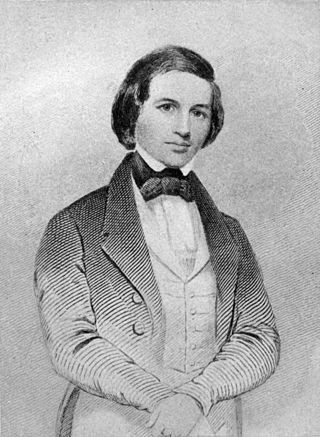
Timothy Shay Arthur — known as T. S. Arthur — was a popular 19th-century American author. He is famously known for his temperance novel Ten Nights in a Bar-Room and What I Saw There (1854), which helped demonize alcohol in the eyes of the American public.

George William MacArthur Reynolds was a British fiction writer and journalist.
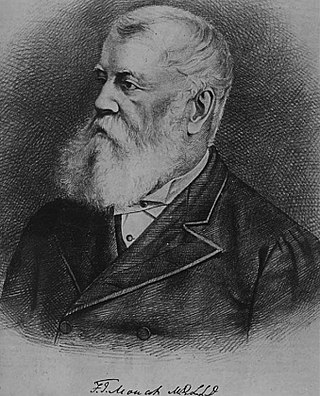
Frederic John Mouat was a British surgeon, chemist and prison reformer. He was part of the committee that helped identify the Andaman Islands as a suitable location for a convict settlement. He examined the use of chaulmogra oil in the treatment of leprosy and published the first illustrated book on human anatomy in Urdu in 1849. He was also involved in the founding of Presidency College, Calcutta.
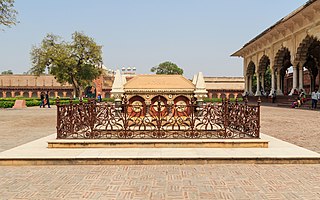
The Colvin family, for the purposes of this article, is that group of people descended from James Colquhoun Colvin (1767–1847), the son of Alexander Colvin (1718–1791) and Elizabeth 'Bettie' née Kennedy (1714–1795). James was a merchant trading between London and Calcutta during the East India Company. This Anglo-Indian family was intimately involved with the British Raj, first as traders and then as administrators and soldiers. Their descendants continued in service to the British Empire and later in some of its constituent countries.
The Botanical Society of Scotland (BSS) is the national learned society for botanists of Scotland. The Society's aims are to advance knowledge and appreciation of flowering and cryptogamic plants, algae and fungi. The Society's activities include lectures, symposia, field excursions, field projects and an annual Scottish Botanist's Conference, held jointly with the Botanical Society of Britain and Ireland for exchange of information between botanists working in different areas. Its publications include a twice-yearly newsletter, BSS News, and a scientific journal, Plant Ecology & Diversity. The society is closely linked to the Royal Botanic Garden Edinburgh and the Scottish universities.
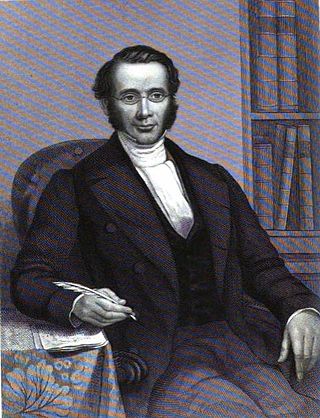
Benjamin Parsons (1797–1855) was an English congregational minister. He was known as a political campaigner who involved his congregation.
George Smith CIE FRGS LLD was a 19th-century Scottish historian and geographer who spent his working life in India. He was father to a family of eminent figures.












